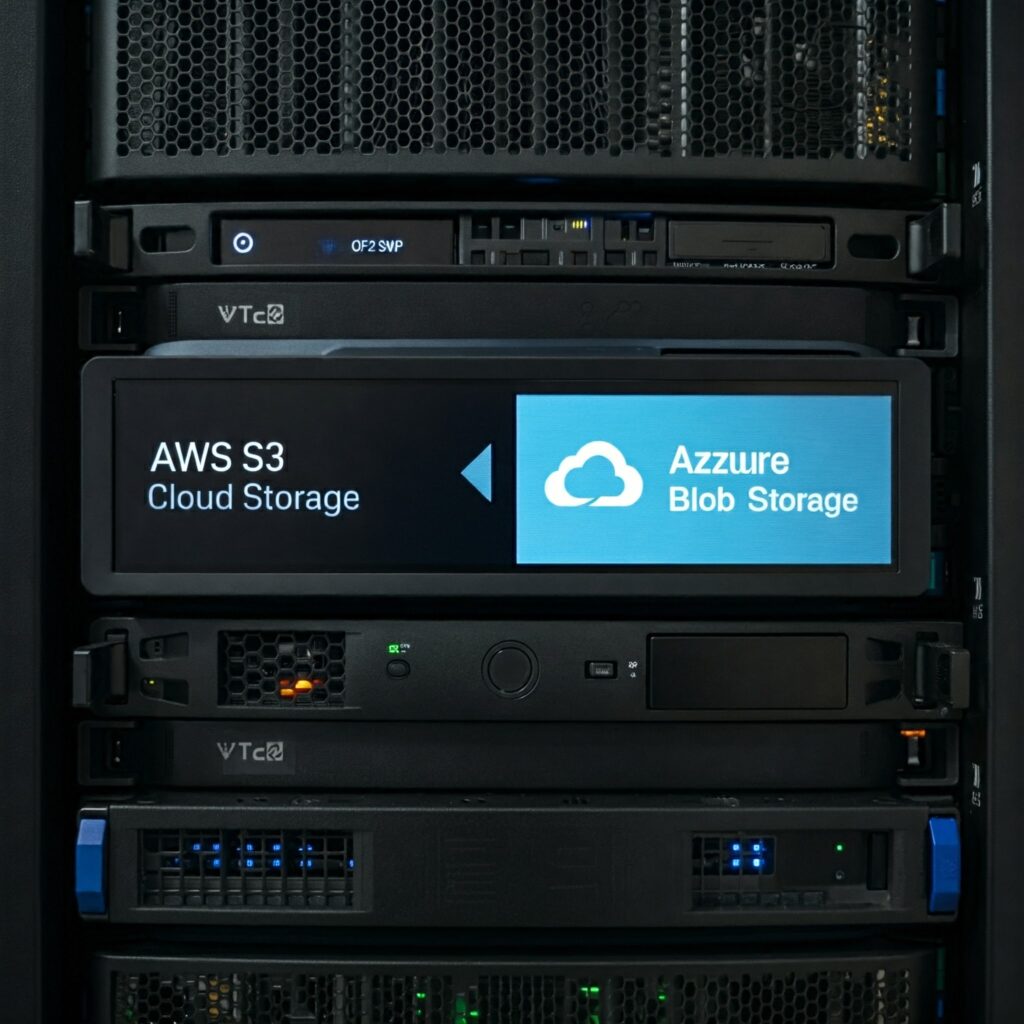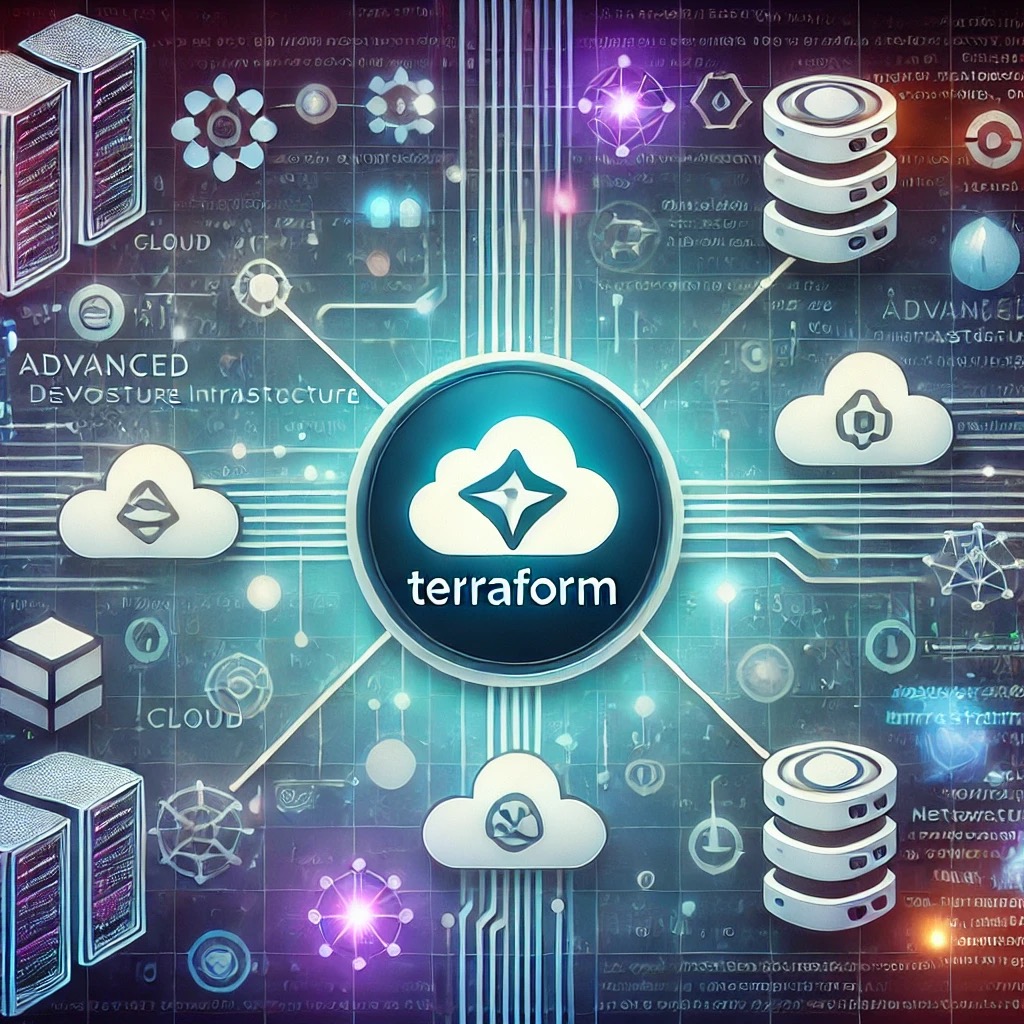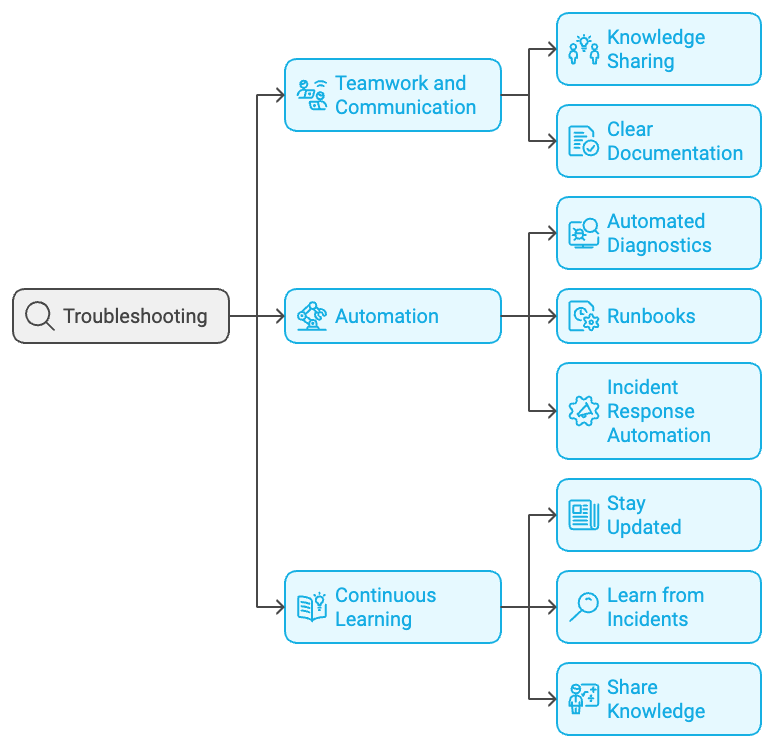
Have you ever hidden your house key under the doormat? It seems convenient, right? Everyone knows where it is, and you can access it easily. Well, storing secrets in .env files is quite similar, but in the software world. And just like that key under the doormat, it’s not exactly the brightest idea.
The Curious case of .env files
When software systems were simpler, we used .env files to keep our secrets, passwords, API keys, and other sensitive information. It was like having a notebook where you wrote down all your passwords and left it on your desk. It worked… until it didn’t.
Imagine you are in a company with 100 developers, each with their copy of the secrets. It’s like having 100 copies of your house key distributed around the neighborhood. What could go wrong? Well, let me tell you…
The problems with .env files
It’s fascinating how we’ve managed secrets over the years. Picture running a bank but, instead of using a vault, you store all the money in shoeboxes under everyone’s desk. Sure, it’s convenient, everyone can access it quickly, but it’s certainly not Fort Knox. This is what we’re doing with .env files:
- Plain text visibility: .env files store secrets in plain text, meaning anyone accessing your computer can read them. It’s like writing your PIN on your credit card.
- The proliferation of copies: Every developer, every server, every deployment needs a copy. Soon, you end up with more copies of your secrets than holiday fruitcakes at a family reunion.
- No audit trail: If someone peeks at your secrets, you will never know. It’s like having a diary that doesn’t tell you who has been reading it.
AWS Secrets Manager as the modern vault
Now, let me show you something better. AWS Secrets Manager is like upgrading from that shoebox to a sophisticated bank vault. But unlike a real bank vault, it’s always available instantly, anywhere in the world.
How does It work?
Think of AWS Secrets Manager as a super-smart safety deposit box system:
Instead of leaving your key under the doormat like this:
from dotenv import load_dotenv
load_dotenv()
secret = os.getenv('SUPER_SECRET_KEY')You get it securely from the vault like this:
import boto3
def get_secret(secret_name):
session = boto3.session.Session()
client = session.client('secretsmanager')
return client.get_secret_value(SecretId=secret_name)['SecretString']The beauty of this system is that it’s like having a personal butler who:
- Provides secrets on demand: Only give secrets to people you’ve authorized.
- Maintains a detailed log: Keeps track of who asked for what, so you always have an audit trail.
- Rotates secrets automatically: Changing the locks regularly, without any hassle.
- Globally available: Works 24/7 across the globe.
Moreover, AWS Secrets Manager encrypts your secrets both at rest and in transit, ensuring that they’re secure throughout their lifecycle.
The cost of security and why free Isn’t always better
I know what you might be thinking: “But .env files are free!” Yes, just like leaving your key under the doormat is free too. AWS Secrets Manager costs about $0.40 per secret per month, about the price of a pack of gum. But let me share a story of false economy.
I was consulting for a fast-growing startup that handled payment processing for small businesses. They managed all their secrets through .env files, saving on what they thought would be an unnecessary $200-300 monthly cost.
One day, a junior developer accidentally pushed a .env file to a public repository. It was exposed for only 30 minutes before someone caught it, but that was enough. They had to:
- Rotate all their production credentials.
- Audit weeks of transaction logs for suspicious activity.
- Notify their compliance officer and file security reports.
- Put the entire engineering team on an emergency rotation.
- Hire an external security firm to ensure no data was compromised.
- Send disclosure notices to their customers.
The incident response alone took three developers off their main projects for two weeks. Add in legal consultations, security audits, and lost trust from three enterprise customers, and it ended up costing six figures. Ironically, the modern secret management system they “couldn’t afford” would have cost less than their weekly coffee budget.
Making the switch to AWS Secrets Manager
Transitioning from .env files to AWS Secrets Manager isn’t just a simple shift; it’s an upgrade in your approach to security. Here’s how to do it without the headaches:
- Start Small
- Pick one application.
- Move its secrets to AWS Secrets Manager.
- Learn from the experience.
- Scale Gradually
- Migrate team by team.
- Keep the old .env files temporarily (like training wheels).
- Build confidence in the new system.
- Cut the Cord
- Remove all .env files.
- Document everything.
- Celebrate the switch with your team.
The future of secrets management
The wonderful thing about security is that it keeps evolving. Today, it’s AWS Secrets Manager; tomorrow, it could be quantum-encrypted brainwaves (okay, maybe not quite yet). But the principle remains the same: we must continually evolve to protect our secrets.
Security isn’t about making it impossible for attackers to breach; it’s about making it so difficult that they move on to easier targets, those who are still keeping their keys under the doormat.
So, what do you say? Ready to upgrade from that shoebox to a proper vault? Your secrets (and your future self) will thank you for it.
P.S. If you’re still using .env files, don’t feel bad, we all did at some point. The important thing is to start improving now. The best time to plant a tree was 20 years ago. The second best time is today. The same goes for managing secrets securely.











